What the Heck Is Your PCB Vendor Talking About? – Common Terms for PCB Assembly
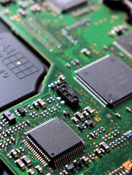 Every industry has its established lingo, which helps its members communicate more efficiently. If you are on the outside looking in, however, it can seem like they are speaking a foreign tongue. This becomes a problem when you need to work with vendors on ordering printed circuit boards for your device or your prototype. If you’ve gotten lost while trying to speak to your vendor (SMP, SME, SMD?), then you’ve come to the right place. Here is our no-nonsense guide on the most common terms in the printed circuit board industry:
Every industry has its established lingo, which helps its members communicate more efficiently. If you are on the outside looking in, however, it can seem like they are speaking a foreign tongue. This becomes a problem when you need to work with vendors on ordering printed circuit boards for your device or your prototype. If you’ve gotten lost while trying to speak to your vendor (SMP, SME, SMD?), then you’ve come to the right place. Here is our no-nonsense guide on the most common terms in the printed circuit board industry:
- PCB – Stands for Printed Circuit Board. Printed circuit boards are found in every single device that uses computing and data. PCBs act as the “highway” in transferring data between components within a device.
- THM – Stands for Through-Hole Mounting (also known as Thru-Hole Mounting). THM is an older assembly technology that mounts components on a PCB by drilling holes through the printed circuit board and placing component leads into the drilled holes. THM has largely been replaced by SMT assembly, though there are still some situations in which THM is preferred.
- SMT – Stands for Surface Mount Technology. SMT was first introduced in the 1960s and rose to prominence in the 1980s. Today, it is the dominant form of PCB assembly. SMT does not require drilling holes through a printed circuit board. Its components are smaller than THM and can be placed on both sides of the PCB. This allows for a denser allotment of components and a more powerful PCB.
- Substrate – The substrate is the actual board upon which wires and components are placed. It gives the PCB its structure and also insulates conductive parts. PCBs can be made from a variety of different substrates. All PCB substrates are non-conductive. Common substrate materials are: FR-4 (a fiberglass-epoxy laminate), Teflon, ceramics, specialized polymers
- Traces – Traces are the things that electrically connect the connectors to the components. The most common material for the traces is copper. The copper layer of a PCB goes on top of the substrate. In double-sided PCBs, copper traces are placed on both sides of the PCB.
- Soldermask – Have you ever wondered why almost all PCBs are green? This is the soldermask. This layer goes on top of the copper layer and functions to insulate the copper traces. It prevents the highly conductive copper traces from making contact with other metal components of the PCB.
While this is far from an exhaustive list of common terms used in the PCB industry, hopefully this guide will help you better understand and communicate with your printed circuit board manufacturer.
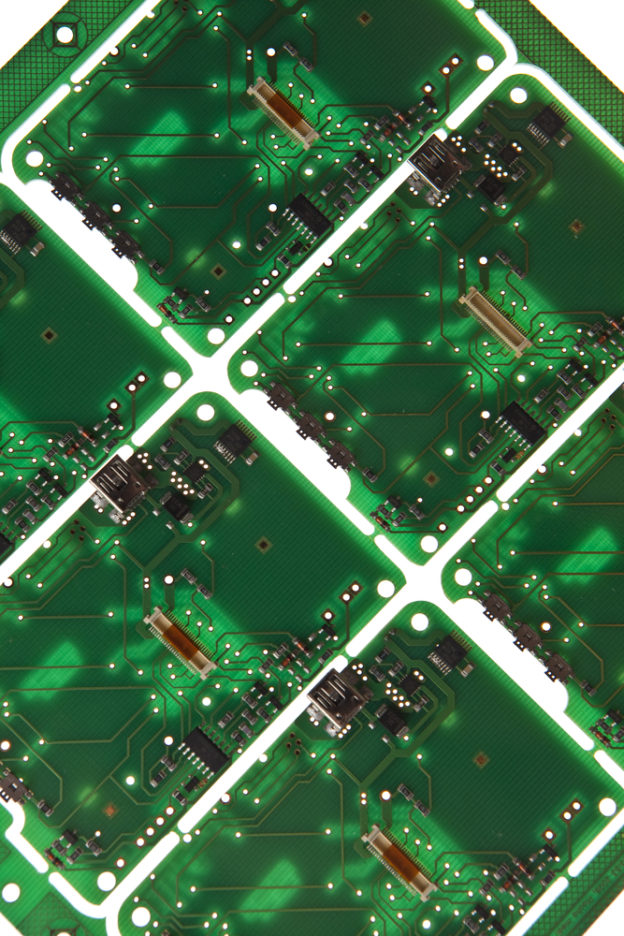
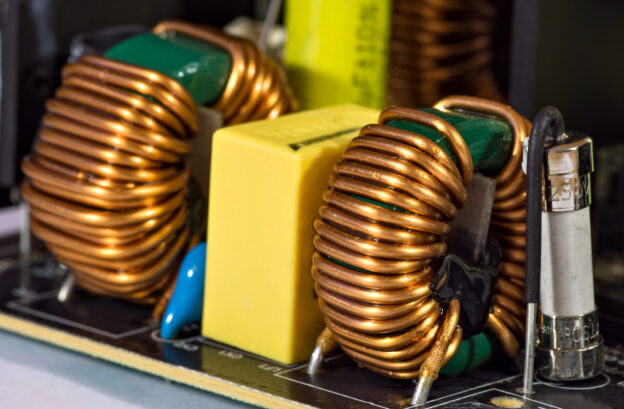
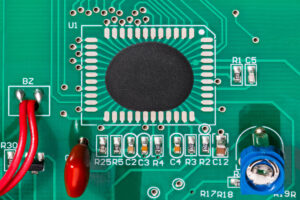 What Is a Contract Electronic Manufacturing Service Provider?
What Is a Contract Electronic Manufacturing Service Provider?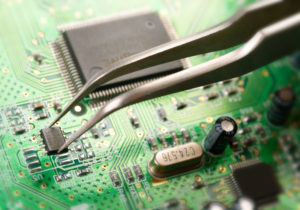 Partner with a Trusted PCB Assembly Provider
Partner with a Trusted PCB Assembly Provider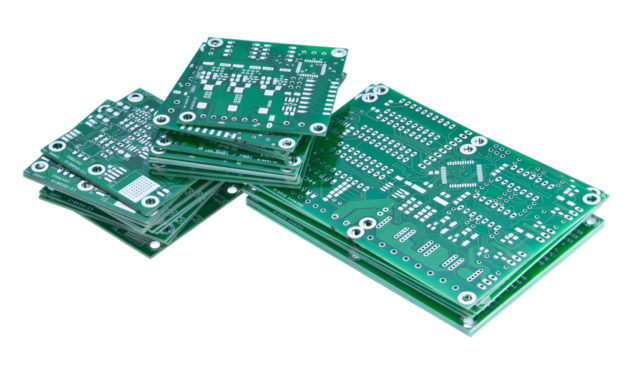
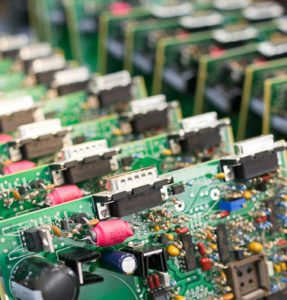 The environmental impact of PCB production is significant due to the use of raw materials, energy-intensive processes, and potential chemical waste. Without sustainable practices, PCB manufacturing contributes to resource depletion and environmental degradation. As businesses and consumers alike prioritize eco-friendly solutions, adopting sustainable methods is no longer optional but essential for the industry.
The environmental impact of PCB production is significant due to the use of raw materials, energy-intensive processes, and potential chemical waste. Without sustainable practices, PCB manufacturing contributes to resource depletion and environmental degradation. As businesses and consumers alike prioritize eco-friendly solutions, adopting sustainable methods is no longer optional but essential for the industry.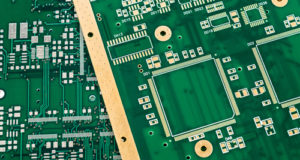 There are many theories why solder masks were originally green. One of the reasons was because when the solder mask was first produced, the base resin was a brownish yellow and the hardener was a muddy brown. When you combined these two components to form the solder mask, it turned green. Another theory was because green has been proven by many scientists that the color is the most visible and noticeable to the human eye. Colors are just different wavelengths and yellow and green are the wavelengths that are most easily noticeable under normal light. Green is the easiest to see, and easy on the eyes so they won’t tire the human out. This factor helps assemblers and quality control inspectors so maybe that is why green is the iconic color that the image of a
There are many theories why solder masks were originally green. One of the reasons was because when the solder mask was first produced, the base resin was a brownish yellow and the hardener was a muddy brown. When you combined these two components to form the solder mask, it turned green. Another theory was because green has been proven by many scientists that the color is the most visible and noticeable to the human eye. Colors are just different wavelengths and yellow and green are the wavelengths that are most easily noticeable under normal light. Green is the easiest to see, and easy on the eyes so they won’t tire the human out. This factor helps assemblers and quality control inspectors so maybe that is why green is the iconic color that the image of a 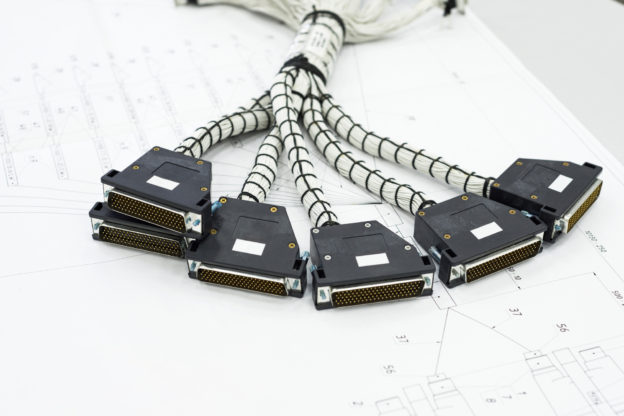
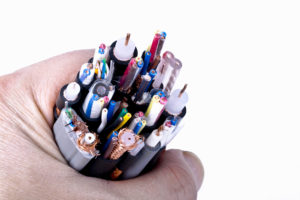 For example, ethernet cable assemblies are designed to provide service supporting bandwidth speeds up to 10 Gigabit Ethernet, such as large data centers, military field units, and medical facilities. For those applications that require a lightweight, smaller assembly that can transmit clearly and rapidly over great distances, support greater bandwidths, with high voltage isolation, then fiber optic cable assemblies would meet those needs. A few of the industries that utilize fiber optic cable assemblies, include aerospace, automotive, industrial, medical, and military applications.
For example, ethernet cable assemblies are designed to provide service supporting bandwidth speeds up to 10 Gigabit Ethernet, such as large data centers, military field units, and medical facilities. For those applications that require a lightweight, smaller assembly that can transmit clearly and rapidly over great distances, support greater bandwidths, with high voltage isolation, then fiber optic cable assemblies would meet those needs. A few of the industries that utilize fiber optic cable assemblies, include aerospace, automotive, industrial, medical, and military applications.


